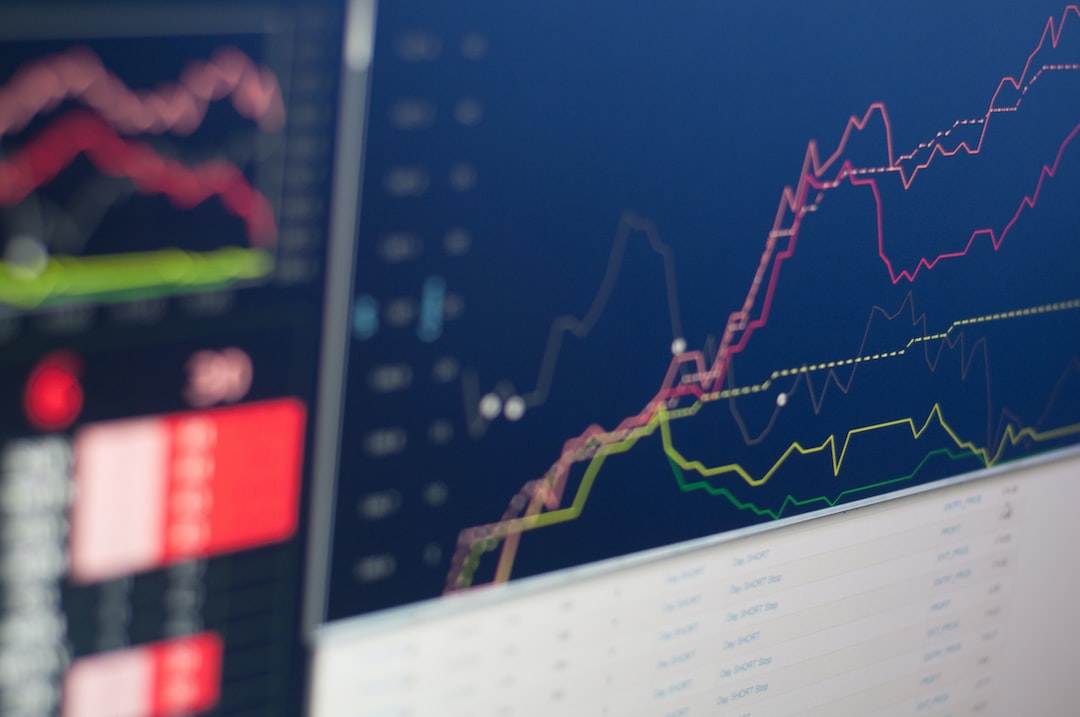The forex market is an ever-evolving market where traders buy and sell currencies. Forex traders use various tools and indicators to make informed decisions about their trades. One of the popular tools used by forex traders is time indicators. These indicators are critical to forex traders as they provide essential information about the time frames of the market. There are different types of time indicators in forex, and each has its unique features and benefits. In this article, we will explore the differences in the time indicator in forex.
Time indicators are used to measure time intervals in the forex market. They provide information about the opening and closing times of the market, as well as the duration of a particular trend. The most common time indicators in forex are the minute, hour, day, week, and month time frames. Each of these indicators has its benefits and drawbacks and is used by traders based on their trading strategy and preferences.
Minute Time Frame
The minute time frame is the smallest time frame available in forex. It represents the price movement of a currency pair in one minute. This time frame is ideal for traders who are looking to make quick trades and scalp small profits. Minute time frames are also used by traders who use a high-frequency trading strategy. However, minute time frames are not suitable for long-term trades as they provide a limited amount of information about the market.
Hourly Time Frame
The hourly time frame is the next time frame after the minute time frame in forex. It represents the price movement of a currency pair in one hour. The hourly time frame is ideal for traders who are looking to hold their trades for a few hours to a few days. This time frame provides a more comprehensive picture of the market compared to the minute time frame. It is also suitable for traders who use a swing trading strategy.
Daily Time Frame
The daily time frame is the most popular time frame used by forex traders. It represents the price movement of a currency pair in one day. The daily time frame is ideal for traders who are looking to hold their trades for a few days to several weeks. This time frame provides a more comprehensive and accurate picture of the market compared to the hourly and minute time frames. It is also suitable for traders who use a position trading strategy.
Weekly Time Frame
The weekly time frame represents the price movement of a currency pair in one week. The weekly time frame is ideal for traders who are looking to hold their trades for a few weeks to several months. This time frame provides a broader picture of the market compared to the daily time frame and is suitable for traders who use a long-term trading strategy.
Monthly Time Frame
The monthly time frame represents the price movement of a currency pair in one month. The monthly time frame is ideal for traders who are looking to hold their trades for several months to several years. This time frame provides the most comprehensive picture of the market and is suitable for traders who use a buy and hold trading strategy.
Conclusion
In conclusion, time indicators are critical to forex traders, and each time frame has its unique features and benefits. Traders should choose a time frame that aligns with their trading strategy and preferences. It is also essential to note that each time frame has its drawbacks, and traders should be aware of them. By understanding the differences in the time indicators in forex, traders can make informed decisions about their trades and improve their chances of success in the forex market.






